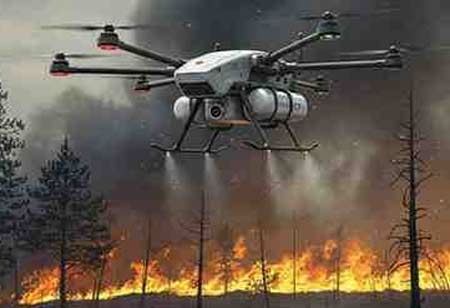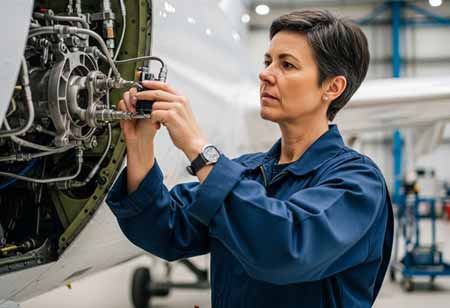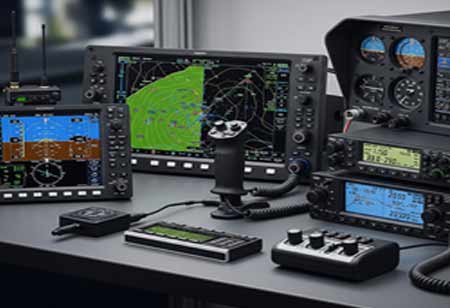The rise of global air passenger and freight traffic, against the backdrop of economic expansion of emerging markets and innovations in commercial aircraft, is opening new doors of opportunities for the aerospace industry. The increased need for transportation is driving aircraft production and boosting demand for aerospace parts. This will prompt the renewal of contracts between component suppliers and manufacturers. Organizations ambitious for a fruitful future of innovation and technical breakthroughs are banking on new-generation aircraft and aerospace parts.
Key players in the market have initiated massive aircraft procurement drives to aid their expansion goals and the replacement of older fleets with modern, fuel-efficient planes. The role of replacement parts grows significantly as newer aircraft join the network of major carriers. This has created a strapping need for advanced and lightweight materials in the market, making the future of aerospace parts undoubtedly exciting. Collaborations with distributors who constantly update and expand their product catalogs to accommodate the influx of innovative technologies and materials can be a significant advantage for manufacturers.
A delayed part or one loose bolt can jeopardize safety, disrupt schedules and ground an aircraft. A trusted aircraft part distributor ensures the timely availability and delivery of critical parts to keep every fleet reliable and operational. Many parts today are made from smart bio-inspired and sustainable materials. A large inventory of modern-day tech-integrated parts serves as a vital component to staying ahead of the curve. The market’s competitiveness grows, resulting in increased demand for airplane parts. Leaders are working on product development since the cost and risk associated with creating and producing airplane parts are significant.
Smart materials and nanotechnologies are emerging as game-changers in the space because of their ability to react to external stimuli and increased functionalities. Ceramic matrix composites are a great example of nanotech used in jet engines to accommodate hightemperature applications. When leveraged proficiently, these components can significantly improve aircraft performance and fuel efficiency.
Biomimicry has also found its way into the industry, with engineers exploring ways to replicate biological systems and materials, like the strength of spider silk, to create stronger and more adaptive parts. Distributors who pay close attention to these developments have an ace up their sleeves to cater to the diverse needs of organizations. Apart from this, older aircraft may need parts that are no longer in production, leading many companies to rely on suppliers for innovative solutions.
Now, distributors are more accessible than ever with rise of digital platforms and e-commerce, providing customers an efficient way to search for, purchase and track parts without the need for time-consuming phone calls or paperwork. Real-time updates and comprehensive catalogs help stakeholders to make informed decisions about their purchases.
Real-time data sharing and advanced analytics are also helping optimize operations and minimize inefficiencies of supply chain operations by increasing collaborations among manufacturers, distributors and end-users through integrated systems. Streamlined supply chain processes results in reduced operational cost for all parties involved.
Procurement management will need to make longterm efforts to stabilize the supply chain and address immediate material shortages. In contrast, indirect materials and services—from process chemicals, welding supplies and paints and sealants to IT hardware and services, travel and transportation—represent a costcutting area that teams can target in the near term using a more traditional toolkit that includes competitive bidding and negotiations.
The changing landscape of aircraft parts distribution is reshaping the way the aviation industry operates, making it more efficient, cost-effective and responsive to changing market demands. Organizations looking to contribute to the transformation of global aviation must collaborate with partners that constantly revamp and adapt to the competitive market with precision and agility.









